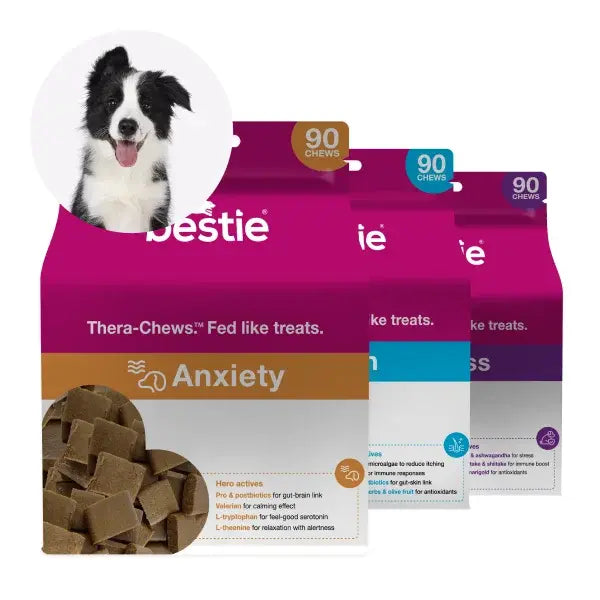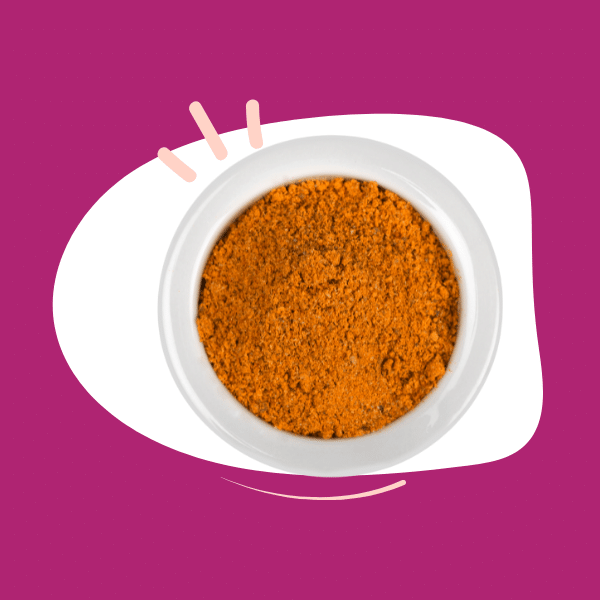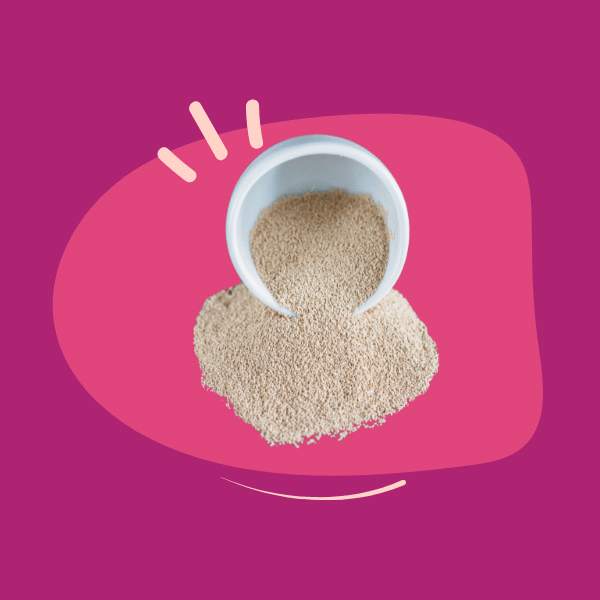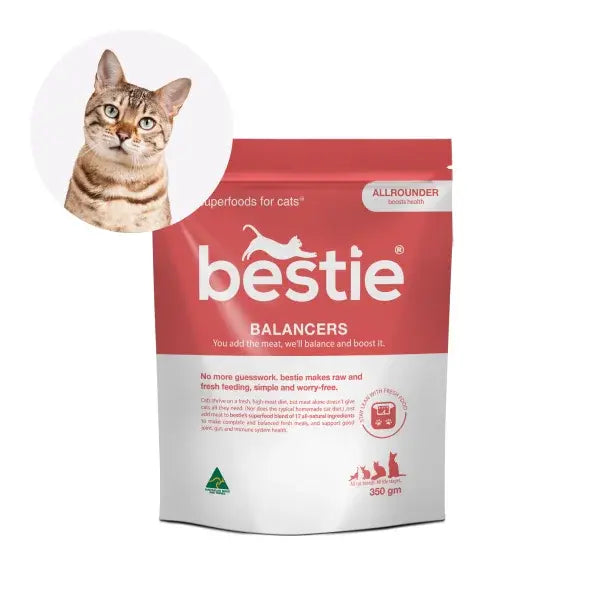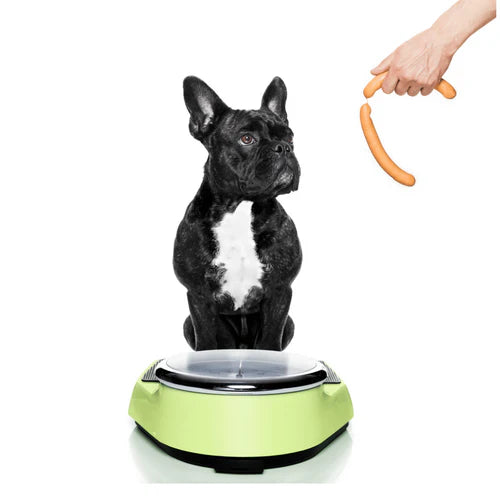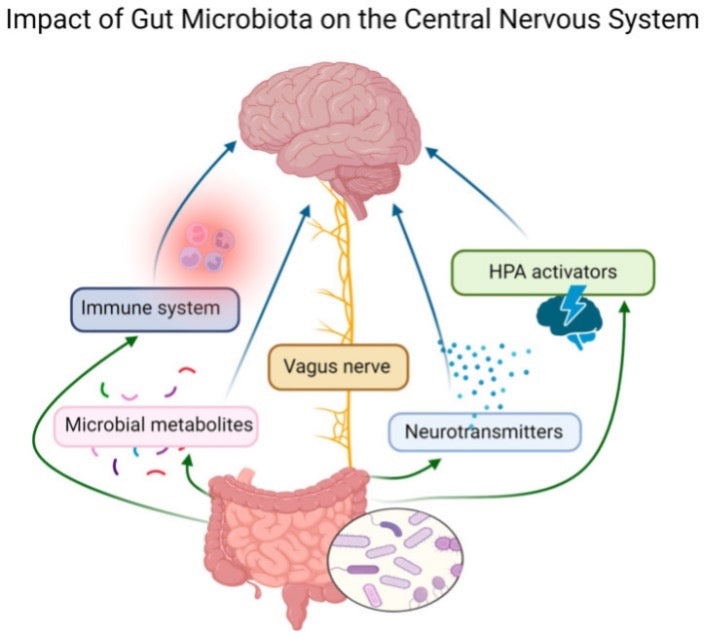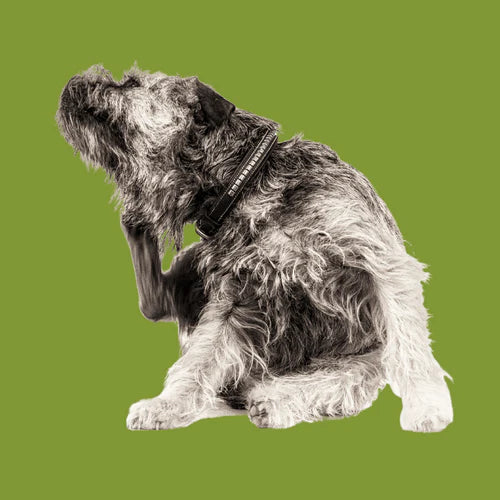In a world filled with endless cuddles and unconditional love, our pets often find themselves struggling with obesity.
That’s right, obesity also affects our pets.
Every pet should have a reasonable distribution of body fat and muscle tissue. Problems occur when these two aren’t in balance. This excess body weight doesn’t just put stress on your pet’s joints, but it also takes a toll on every single organ.
But, what is obesity? And is it different from being overweight?
Let’s make this distinction from the start.
Overweight vs. Obesity
A pet is considered overweight once their bodyweight exceeds 10% of the average breed standard. We begin to use the term “obesity” after a pet’s body weight exceeds 30% of the average breed standard. This increase in bodyweight is characterised by abnormal or excessive accumulation of fatty tissue in the body (Chun et al., 2019).
Overfeeding, lack of exercise, or signs of an underlying medical condition are typically the root of the problem. Unfortunately, an overweight pet will often progress to obesity if dietary and lifestyle changes aren’t made.
How common is obesity?
The Pet Food Industry Association Australia reported that 41% of dogs and 32% of cats are overweight or obese. These numbers have increased since the early 2000s when another Australian study reported that 33.5% of dogs were overweight and 7.6% obese (Marchi et al., 2022).
Now, this problem isn’t only affecting Australian pets. We’re also seeing a similar trend globally. Studies in Brazil, Japan, Spain, the USA and China all demonstrate that the rate of obesity among pets is increasing. This is a big concern since it can have similar consequences to those seen in human medicine, including higher morbidity rates and lower life expectancies(Marchi et al., 2022).
So, let’s work together to steer your pet away from obesity!
What is the role of fat in the body?
Fatty tissue (also known as adipose tissue) is connective tissue primarily formed for energy storage (Prišlin et al., 2022). For example, in situations of starvation or fasting, our bodies break down stored fat and use it as a source of energy to supply all the cells in the body.
There are two different types of adipose tissue: brown and white. Brown adipose tissue has a role in thermogenesis, a process used in young animals to generate body heat. In contrast, white adipose tissue is used as a source of energy, mechanical protection, and plays a role in hormonal regulation.
White adipose tissue is most important in adult pets because it’s metabolically active, meaning that this fat can produce a series of hormones responsible for regulating appetite, immune function, and inflammatory responses. When there is too much white adipose tissue, this fat is remodeled and redistributed.
This remodelling process is actually an inflammatory response, and since it’s prolonged, it’s a form of chronic inflammation (Marchi et al., 2022). We know how harmful chronic inflammation can be, but this is only part of the reason why obesity puts your pet at risk.
How to tell if your pet is overweight?
Identifying obesity in pets can get complicated, but it doesn’t have to be. There are several methods to choose from, but we’ve picked an easy one for you!
Body condition scoring (BCS) is the most common method to evaluate body fat percentage based on visual observation and palpation (touching) (Chun et al., 2019). This method looks at more than just bodyweight, it also considers fat distribution. Keep in mind that BCS is a subjective method if performed by non-professionals, but it can still provide a good basis of your pet’s health.
There are a few BCS systems, but the nine-point scale is the most common. In the middle of this nine-point scale, scores four and five represent ideal body condition, while everything above is overweight. Scores eight and nine are considered obese. Each extra point from ideal weight represents 10-15% extra body fat.
Let’s figure out what this means for obesity together.
You aren’t a veterinarian, so can you determine BCS?
Many descriptions and illustrations in the BCS system help you assess your pets’ body condition even if you’re not a professional. Just keep in mind that owners tend to give a significantly lower BCS than what the pet’s body condition actually is!
Score 4-5
This is where you want your pet to be and represents an “ideal weight”.
Ribs
- They should be visible and covered with a thin layer of fat. Yes, you aren’t wrong; the ribs have to be visible!
Body Shape
- By looking at your pet from above, there should be a clear hourglass shape.
Abdomen
- Don’t forget to check the abdomen too! It should be tucked in. Keep in mind that there are various breeds, so check what is standard for your pets’ breed.
Score 6-7
This score tells you your pet is above their ideal weight. Don’t worry, it’s still fixable.
Ribs
- They are covered with a thicker layer of fat and aren’t visible anymore.
Body Shape
- The hourglass shape is barely there.
Abdomen
- Only the abdominal tuck is visible.
Score 8-9
Well, this score should be a wake up call.
Ribs
- There is a significant amount of fat covering the ribs, making them not palpable or visible. Also, we now have layers of fat covering the bony structures of the spine and the base of the tail.
Body Shape
- Looking at your pet from above, you’ll see a significant “hot dog” or rounded figure. You can easily see that their hourglass waistline is absent.
Abdomen
- Abdomen isn’t tucked in at all! The abdomen is clearly enlarged.
This should help you determine your pet’s score. Try it for yourself!
Now, let’s talk about some solutions to helping your pet maintain an ideal bodyweight, BCS, and tips for managing your pet's obesity.
How can we help overweight and obese pets?
With so many pet food options on the market, which components in pet food are most important to help manage your pet’s weight?
Let’s start with the basics.
Proteins vs. Carbohydrates
Proteins
You’ve probably heard of amino acids before and know that they’re essential, but why is that? When ingested, proteins break down into amino acids that can be used in metabolic processes like energy production, muscle function, and repair mechanisms throughout the body.
Requirements for proteins are established for various life stages and differ between animals. For instance, more protein is required from the diet during early growth or lactation periods. On the other hand, cats are obligate carnivores and inherently have higher protein requirements than dogs.
But, let’s focus on the most interesting thing! Proteins and their role in regulating bodyweight.
With decreased food intake, your pet will obviously lose both fat and muscle tissue, especially if their meals aren’t complete and balanced. But did you know that a high-protein diet can also have a role in weight loss?
High-protein diets can promote fat loss, especially when combined with a calorie deficit. The combination of increased satiety (feeling of fullness), muscle preservation, and a higher metabolism can encourage the burning of stored fat for energy. You can learn more about the some of the issues with high-protein diets here. There’s such a thing as too much protein.
Carbohydrates
When it comes to carbohydrates, they aren’t bad if dosed properly! Not only do they provide a source of glucose, but they also have a significant role in maintaining a healthy gut microbiome.
But what happens when your pet eats too many carbohydrates?
As carbohydrates are digested and break down into complex sugar particles, they eventually become glucose molecules and are absorbed through the GI tract. Glucose is the primary energy source for the cells in the body, specifically the brain and red blood cells.
When the glucose concentration in the blood is high, not all this glucose can be used. Different metabolic pathways occur to store excess glucose in some storage form for later. Excess glucose is usually stored in the liver and muscles as glycogen, or it’s converted to fat and stored as adipose tissue. With too much carbohydrate in the diet, all this stored glucose eventually promotes weight gain.
Unlike cats, dogs don’t have a dietary requirement for carbohydrates except to help support increased energy demands during pregnancy and lactation.
While carbohydrates provide a valuable source of glucose, proteins can also do the same through specific metabolic pathways (gluconeogenesis) that allow carbohydrates to be produced from amino acids and fats.
Consider reducing kibble and rotating in high protein meat-free options
Most kibble is high in carbohydrates. That's just because of the way that the extrusion process works. Combining such a diet with a lack of exercise or overfeeding can lead to faster weight gain. Why? Because excess glucose in the body is eventually stored as fatty adipose tissue.
On the other hand, studies show that high-protein, low-carb diets may also be key to weight loss and management (Greevy, 2005). With these diets, weight loss is driven primarily from an increased loss of fat mass while maintaining lean muscle mass.
Now as we've covered elsewhere, that high protein diet could be animal protein or plant and insect protein.You can read more about that plant vs animal protein here, and vegan diets for dogs here.
Questions to ask before starting a good weight management plan?
Here are a few questions you should ask yourself when choosing the right type of food for your pet. Of course, for more precise information, always consult your veterinarian.
Is my pet getting daily exercise regularly?
The percentage of calories each pet needs will vary depending on daily activity. A highly active or working dog should have a high-calorie meal plan compared to a less active dog (German, 2006).
Is my pet spayed or neutered?
There is a lot of discussion about why spayed and neutered pets gain weight quickly. Generally, this has to do with disrupting hormonal regulation that changes your pet’s metabolic rate.
What life stage is my pet in? (e.g. senior, puberty, etc.)
It’s well known that our pet’s nutritional needs change with time, just like humans. The early growing stages need more energy and calories to keep up with rapid body development. On the other hand, senior pets naturally have a slower metabolic rate, making them gain weight faster.
Do I give my pet too many treats?
We all know that adorable look they give you. It’s difficult to say no and not give them a treat, but let’s be reasonable when it comes to treats. Follow the daily dose recommendations outlined on the package!
This was a brief “behind the scenes” look at obesity and how it can affect your pet. Hopefully, now you can see that obesity is easily manageable and needed to ensure a healthier life for your pets.
If you want to help your pet by making dietary changes, consider a flexitarian diet for your dog, incorporating some plant proteins. Rotate in our No-Meat Mincey Dinners and No-Meat Chunky Dinners, through the week.
Writer: Ash Sadri
Ash is a Canadian veterinary student studying in Croatia. Before deciding to become a vet, Ash completed his Masters degree at the University Of Western Ontario where he specialised in cancer stem cells research. Since then, he’s been working as a veterinary technician and has special interests in animal nutrition and surgical procedures!
References
Chun, J. L., Bang, H. T., Ji, S. Y., Jeong, J. Y., Kim, M., Kim, B., . . . Kim, K. H. (2019). A simple method to evaluate body condition score to maintain the optimal body weight in dogs. J Anim Sci Technol, 61(6), 366-370. https://doi.org/10.5187/jast.2019.61.6.366
German, A. J. (2006). The growing problem of obesity in dogs and cats. J Nutr, 136(7 Suppl), 1940S-1946S. https://doi.org/10.1093/jn/136.7.1940S
Marchi, P. H., Vendramini, T. H. A., Perini, M. P., Zafalon, R. V. A., Amaral, A. R., Ochamotto, V. A., . . . Brunetto, M. A. (2022). Obesity, inflammation, and cancer in dogs: Review and perspectives. Front Vet Sci, 9, 1004122. https://doi.org/10.3389/fvets.2022.1004122
Prišlin, M., Vlahović, D., Kostešić, P., Ljolje, I., Brnić, D., Turk, N., . . . Krešić, N. (2022). An Outstanding Role of Adipose Tissue in Canine Stem Cell Therapy. Animals (Basel), 12(9). https://doi.org/10.3390/ani12091088
Greevy, Paul & Thomson, Peter & Pride, C & Fawcett, Anne & Grassi, Tanya & Jones, Bidda. (2005). Prevalence of obesity in dogs examined by Australian veterinary practices and the risks involved. The Veterinaryrecord. 156. 695-702. 10.1136/vr.156.22.695.



